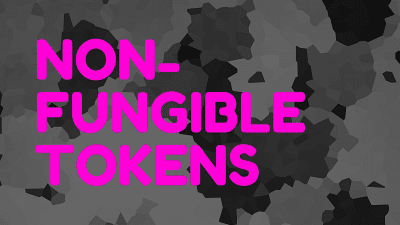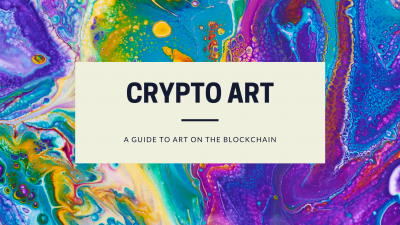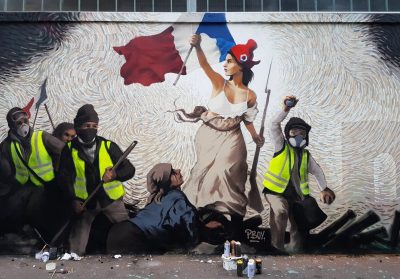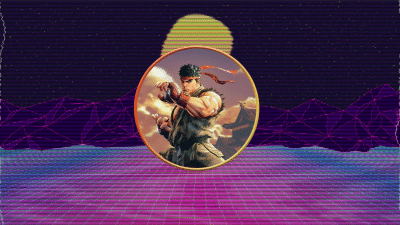Non-Fungible Tokens (NFTs): The Complete Guide
Non-fungible tokens (NFTs) are blockchain-based tokens representing unique digital items such as digital art, collectibles, video game items, domain names, and more. The concept of NFTs is somewhat polarizing: one end of the spectrum raves about the creation of a financial infrastructure to trade and collect digital assets, and the other tends to view the …




